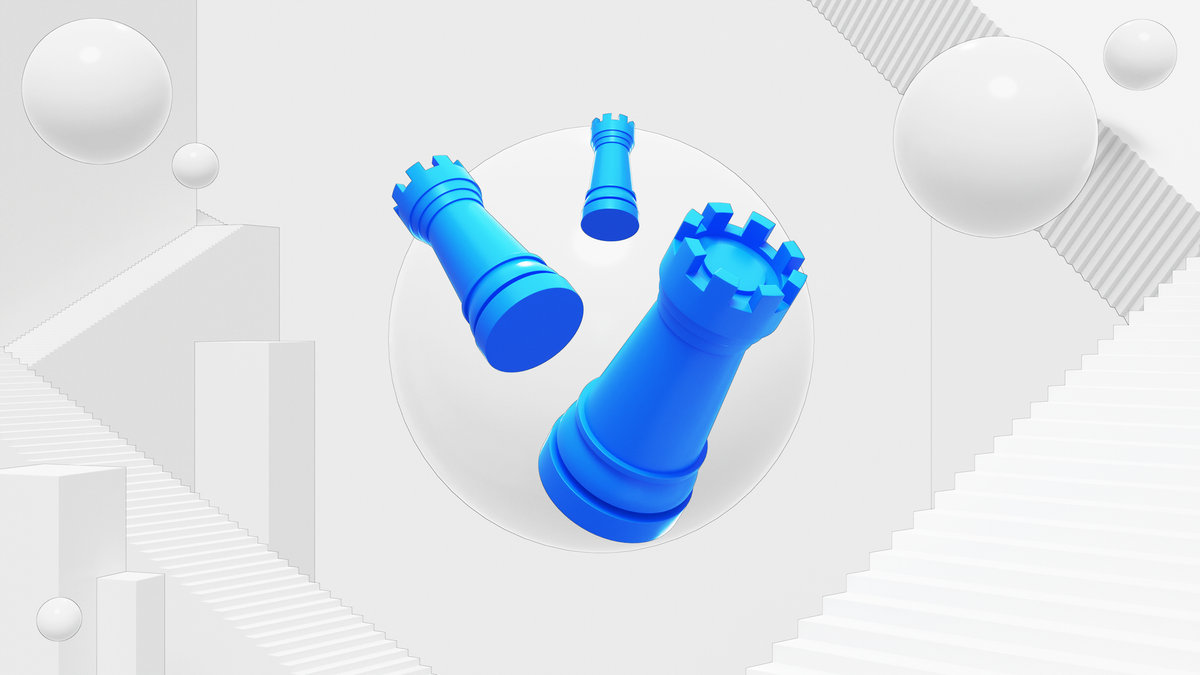Rook Q2 Quarterly Report - Engineering Recap

The Rook Labs Product and Protocol teams present an update to the community on Q2 development, the new tech being built, and how the project will continue to improve.
Key Takeaways: Protocol Update
Coordination Protocol [2:30]
- This mechanism enables keepers (trading bots) to create value flow and return MEV profits back to users.
- The greenlight algorithm determines who will facilitate a trade. It balances how much keepers share with users and how much they must utilize themselves to remain equitable.
- The burn mechanism ensures that there is always some ROOK that is only bought and never sold, which creates value for the ecosystem.
- Users can control their own order flow by receiving MEV rebates into their wallets.
- Users are receiving 80% of bid value via the Coordinator.
Developing Meta [6:00]
- Keepers’ bidding, staking, and transaction broadcasting behavior is competitive, meaning they must adapt and adjust to gain an edge.
- Keepers decide how to broadcast and fill the trade for users (e.g., mempool, flashbots).
- The team is focusing on easy integrations for other application-layer projects.
- A new partner rewards mechanism can incentivize anything that delivers Rook order flow, allowing for further MEV capture.
- This is a feature that plugs into the Coordinator to conveniently enable partner integrations.
- The new feature helps to cater and support the strategies and requirements of any given partner, and allows them to adjust the reward distribution parameters.
Protocol Performance [12:30]
- $300M in trading volume since the Coordination Protocol launch has created deflationary pressure.
- A baseline of 0.1% of volume is extracted as MEV.
- Revenue scales directly with volume through the Coordinator.
Trading Protocol [16:00]
- The protocol upgrade will maximize gas efficiency while maintaining gasless trading fees.
- This will reduce margin costs and increase capital efficiency.
- Keepers will no longer need to flash loan or have their own assets; they use the users as the flash loans. Keepers are rewarded based on the execution price.
- This upgrade allows for competition with DEX aggregators.
- New order features are on the way to make trading convenient (to be announced).
- Transaction relay will be a plug-and-play RPC for wallets and backends to integrate. It is easy and scalable as a means of capturing nascent MEV.
- The GMX transaction relay is already online.
- The next step is to integrate relay with the Coordinator.
- Using a generic Ethereum-based transaction relay, transactions from outside the Rook ecosystem can be funneled through Rook, which allows for increased MEV capture.
Ninja [27:00]
- Ninjas are divided into "Block Ninja" and "Event Ninja."
- Block Ninja waits for a block to be mined to discover arbitrage opportunities to trade on.
- Event Ninja processes data as it hits the order book, and moves to trade on those opportunities.
- Event Ninja is filling a high percentage of orders and volume per day, and has been increasing coverage.
- Challenging other keepers to match performance helps encourage keeper competition.
- DEX aggregator Ninja is coming soon, which will further increase coverage.
Token Listings [30:00]
- A new streamlined token whitelisting process is in place.
- Once DEX aggregator Ninja is released, there will be ERC-20 token support on supported DEXs.
Questions [34:18]
- The protocol upgrade will treat limit and market orders the same, addressing the gap between retail users who desire quick swaps and whales who patiently perform limit orders.
- Trades made using either the Rook trading app or DEXs that have integrated with the transaction relay will still allow for MEV capture. Any profit made through facilitating or arbitraging these trades will be delivered back to the users.
Key Takeaways: Product Updates
Trading App [41:00]
- The Rook trading app was built during Q1 and Q2, and launched in April.
- The app was rebuilt from the ground up with all original code.
- Rook also built and maintains a server that allows for persistent data storage, primarily for the Coordination Game.
- Moving forward, the app team will work on additional ways to interface with the trading protocol.
- Future partnerships are in the pipeline. No names can be released publicly before third-party deals are confirmed.
Analytics [50:44]
- The Rook database allows the team to view orders in the HidingBook and analyze orders to help monitor the protocol.
- The database also allows for insight into the types of trades that are being made, including sizes and trading pairs. It can also help flag orders that are difficult to fill.
DevOps Improvements [55:57]
- Containerization will allow for quicker deployment and an increase in CI/CD pipeline speed.
- Logging and observability capabilities have been greatly improved.
- These improvements enable more efficient full stack monitoring and quicker response times.
- With the implementation of Rook's own database, there is no longer a constant need for Rook's frontend to make web3 calls. Instead, the backend may be queried.
